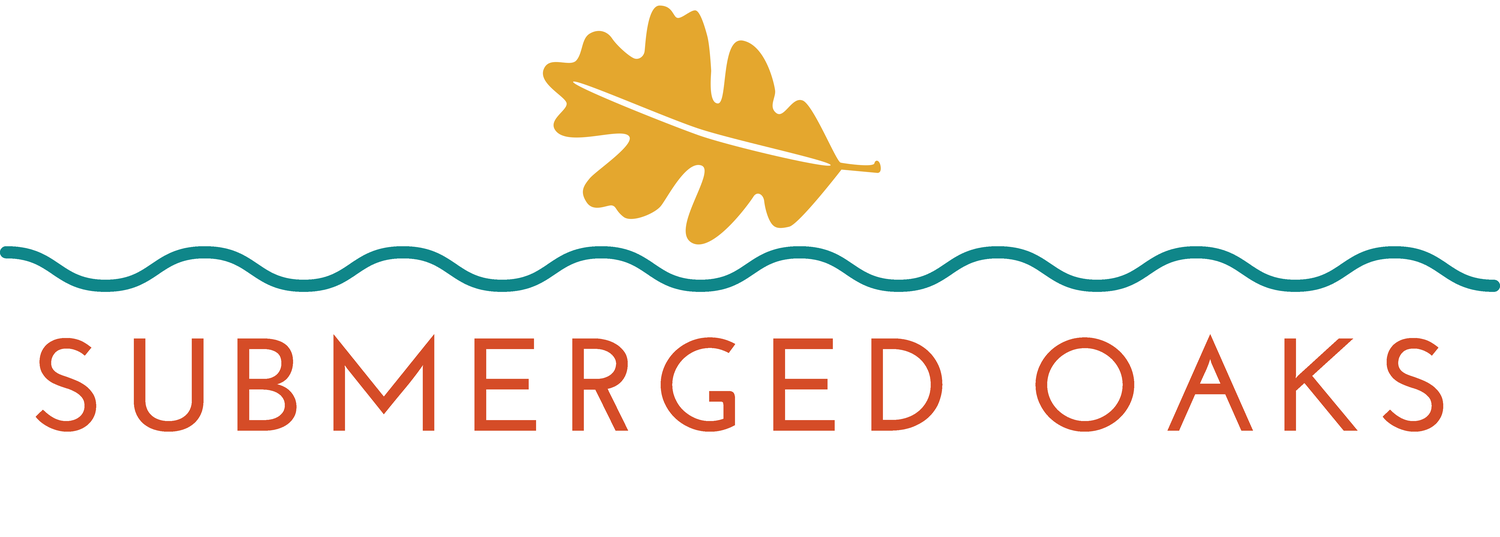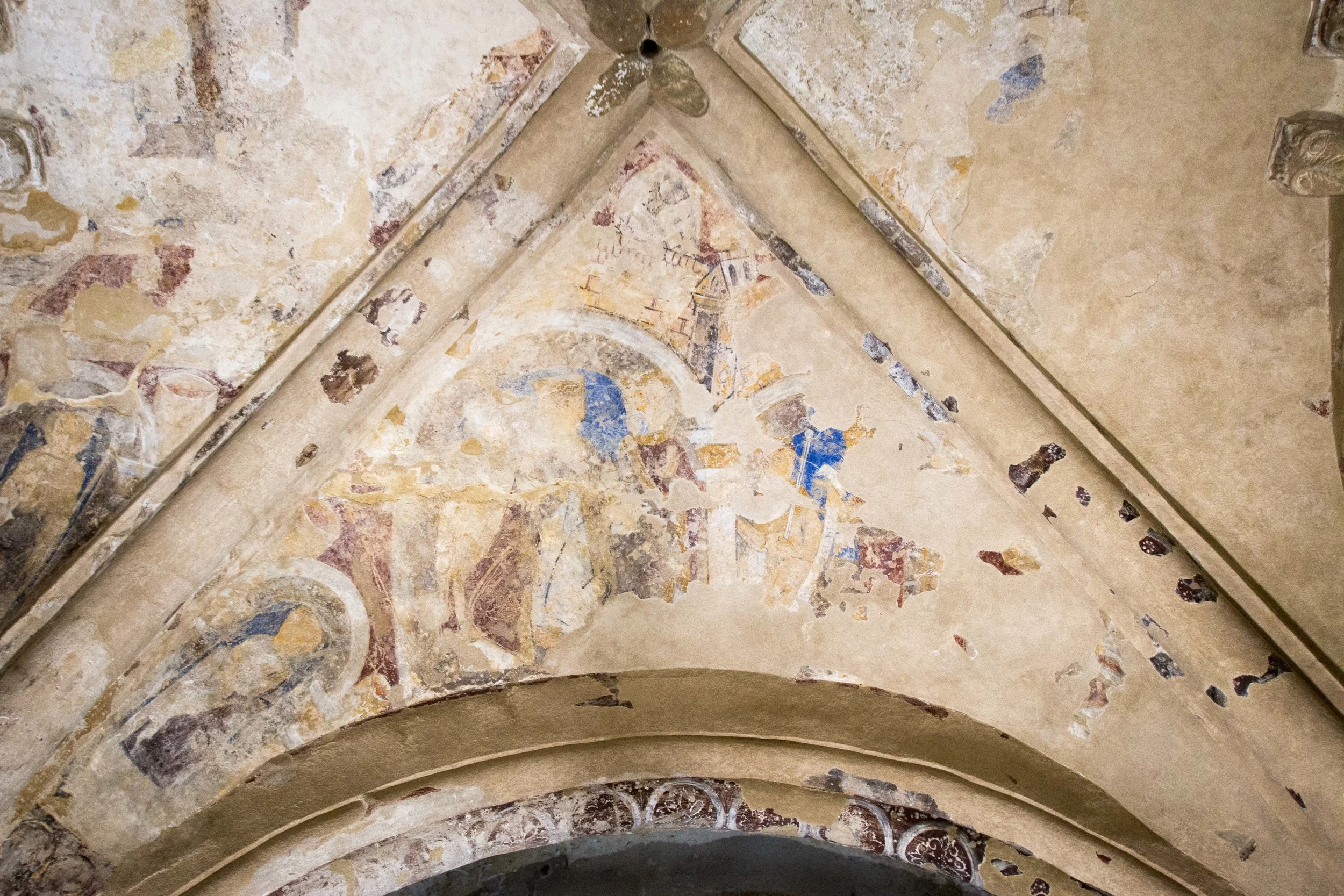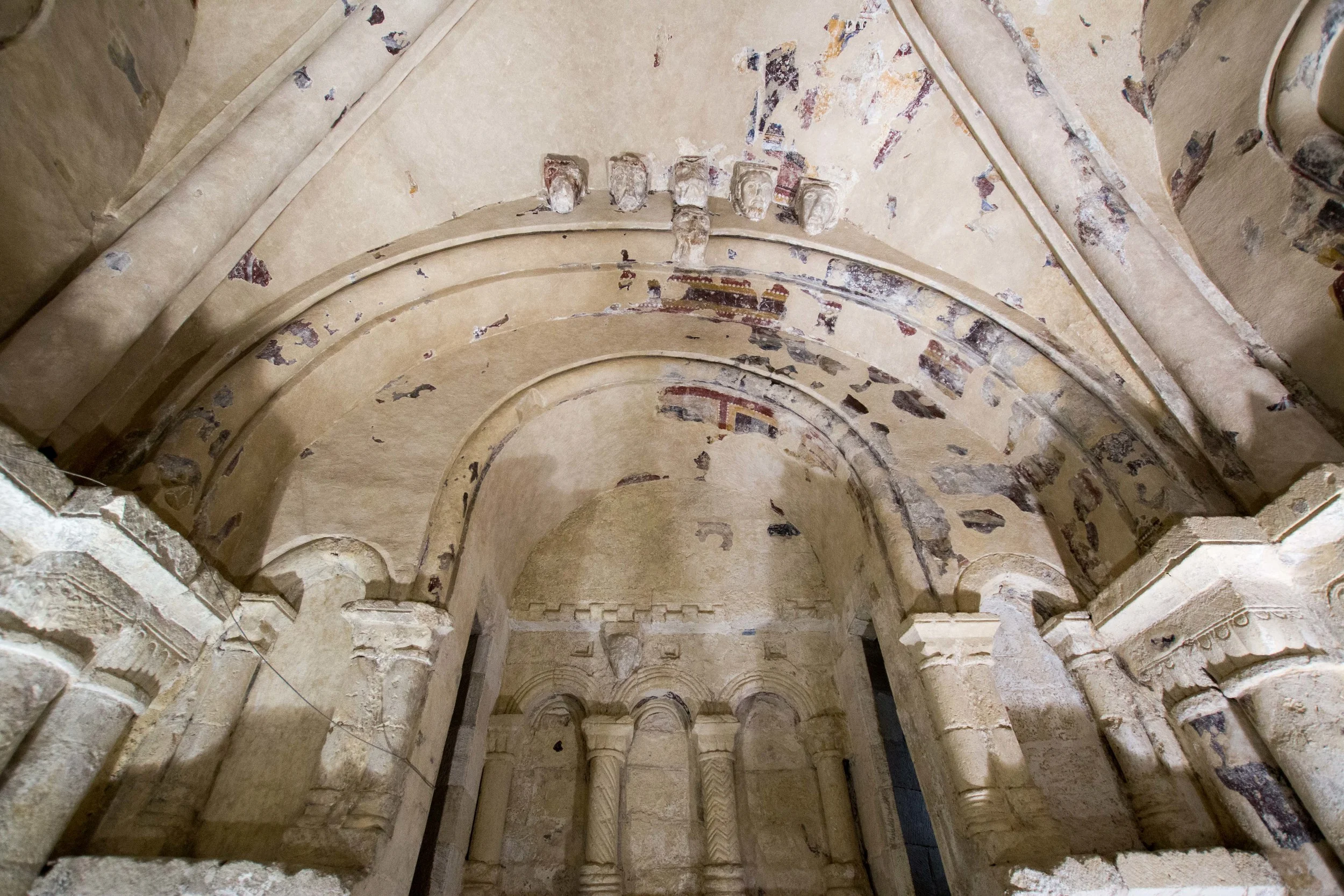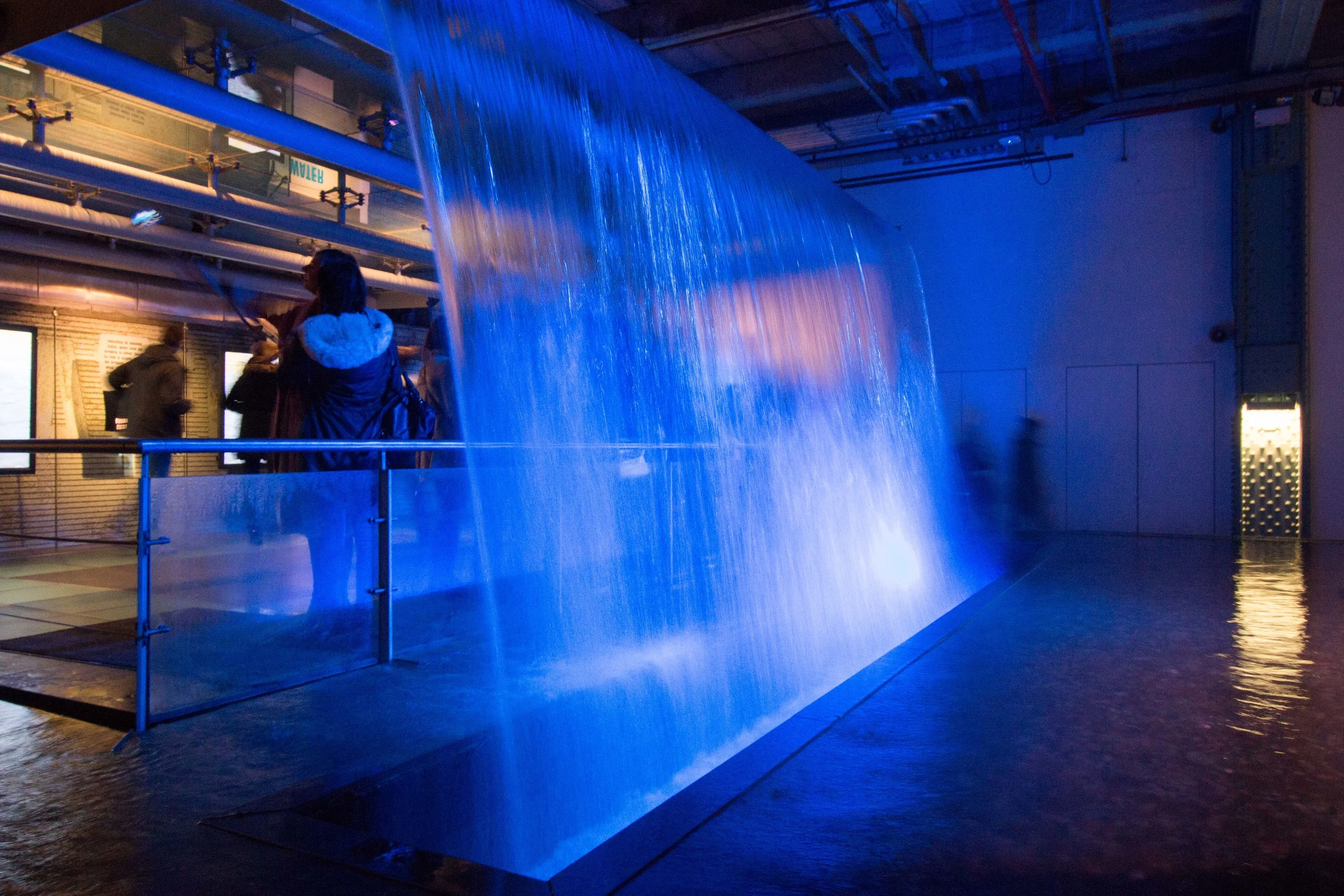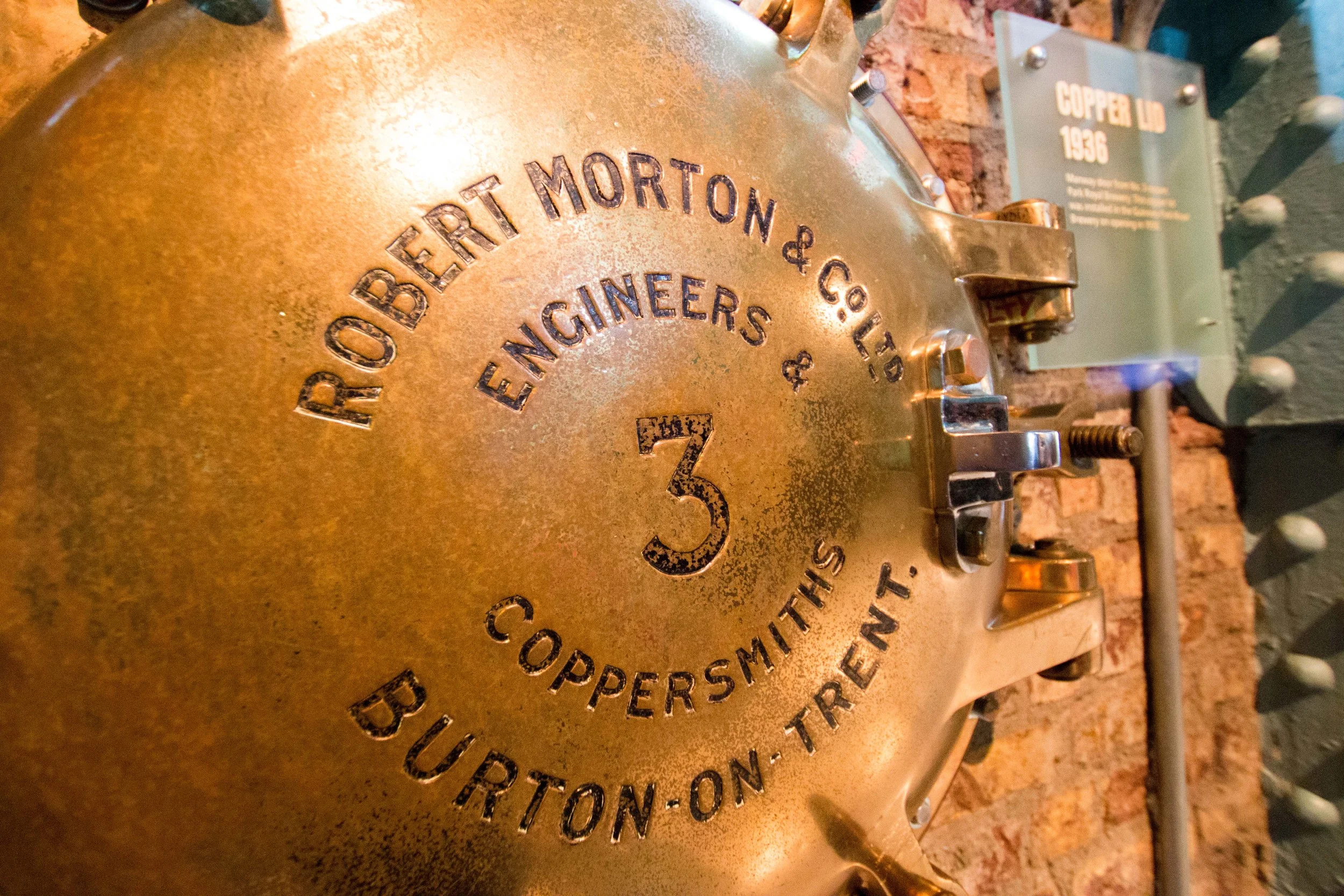Famine, Guinness and Pubs
/After leaving Cork, we had a three hour drive ahead of us to Dublin. But before we made it there, we made a couple of stops along the way: the Rock of Cashel and the Smithwick's Brewery. The next day in Dublin, which was also New Year's Eve, was spent exploring. We checked out a famine museum on a reproduction of a famine boat and went to the Guinness brewery. Sorry if this post is kinda long, but as a reward for hanging in there, you'll get to see some pretty pictures!
One of my Facebook friends posted one of those articles that shows pretty pictures of things. The topic of this one was European Castles. Seeing as how we are kind living n Europe, I checked it out to see if there were any we should visit. The list started out with one of the most famous castles, Neuschwanstein, in the foothills of the German Alps. But also included on the list were a couple in Ireland. Some Google mapping revealed that one of these was conveniently located on our drive from Cork to Dublin, so we checked it out. Yea, it looks nothing like in the pictures. It's kind of cool - it started out as a castle, but was then handed over the the church and was a monastery for a number of years before being abandoned. There is a cool abbey that they are in the process of restoring. On the walls and ceiling, there are a number of religious paintings, but years of exposure to the elements and microbiological organisms means that they are rapidly deteriorating. As a result, much of the castle is covered in scaffolding and blocked off from visitors. Really, the only things to see were a cemetery, and a small portion of the cathedrals. We couldn't even climb up some of the spiral staircases! In retrospect, and especially after visiting Blarney Castle, it wasn't really worth the 6 euro admission price.
Our next stop was in the town of Kilkenny at the old Smithwick's brewery. Beer has been brewed on this site since the 1200s when monks first began. In the 1700s, the Smithwicks family set up their brewery which is still going strong today. Unfortunately, Smithwicks is no longer brewed in this brewery (operations have been moved to Dublin), but the history is still incredible. Today, the largest markets for Smithwicks are Ireland, the US, France and South Korea. Apparently South Koreans are fans of Irish beer! The exhibit is brand spanking new too; it only opened in August of 2014. And let me tell you, the Smithwicks beer you get at the end is awesome! During our visit, we learned that there are other beers also brewed by Smithwicks, not just the traditional one. We of course bought one of each to bring back to Germany and try!
We then made the final leg of our trip to Dublin. It was pretty late when we got in, so sightseeing had to wait until the next day. We purchased three day tickets at the airport that allowed us unlimited access to the hop-on-hop-off tour, all Dublin bus lines and the shuttle that ran between the airport and the city center. Since we were staying near the airport, it was the best deal. Our first stop the next morning was a famine museum we had thought would be interesting. Many Americans are aware of the potato famine that resulted in a huge influx of Irish immigrants in the middle of the 1800s. The ships that carried these immigrants were often merchant ships that sailed between the Americas and Ireland. Sailing from the Americas, they were full of goods to sell, but from Ireland to the Americas, they carried no cargo. People became their cargo. The museum was housed in a replica of the Jeanie Johnston. We were the only ones on the tour, and our guide was not only highly knowledgeable, but also incredibly passionate about the topic. Some facts we learned while at the museum:
- The mortality rate on most famine ships was about 50%. That means that when you boarded the ship, you only had about a 50% chance of making it across the ocean. Unfortunately, most deaths were the result of poor sanitation and hygiene coupled with infections and diseases that spread like wildfire in the overcrowded ships
- Crossings took 6 - 8 weeks and each ticket costs the equivalent of about 8 months wages.
- Approximately 3 million Irish either died or emigrated as a result of the famine. According to the UN, a country is said to have recovered from famine when their population returns to 80% of pre-famine levels. Ireland has still not reached this theshold and therefore, technically, has not fully recovered from the potato famine.
- It was not uncommon for land lords to force emigration from Ireland upon is tenants. For countless immigrants, this is how they found their way to Canada and the US. Indentured servitude was another way many people paid for their crossing.
- The Jeanie Johnston never lost a single person on any of her crossings. This can mainly be attributed to the doctor they had on board. He ensured there was fresh air below deck, that each person got up to the deck at least once per day, and that each passenger cleaned, with vinegar, their bunks, the floors and tables. Before many knew that vinegar was antibacterial, he was using it, and keeping the passengers healthy.
From there, it was on to the Guinness brewery! We took the tour bus, got off at the right stop, and waited. There was a line out the door just to get in to buy tickets. Thankfully, we got in pretty quickly. The Guinness Experience is a 5 story building that artfully covers the basics of beer brewing (nothing even unique to Guinness). The upper levels have restaurants, cafes, and bars. We got our included pint of Guinness (which actually does taste better in Ireland than in the US) at one of the bars and were thankful to find a seat. The whole set up was kind of like a Disney attraction. Now, I like Disney, and have been to Disney World a number of times, but this was just ... weird. And there were a TON of people there. So many that it wasn't even that fun. The tickets were 23 euro each, which is pricey, even for Ireland. In all honesty, I would have rather taken that 23 euro, found a pub, and drank Guinness there. In general, we found the whole ''experience'' as they call it, somewhat of a let down.
The home of Ireland's president. If you click on the picture, you can see a light in the upper left window. This light was first placed there in 1990 and has been there ever since. It symbolizes all the Irish emigrants and is a beacon to all, beckoning them home.
We then hopped back on the tour bus, got off near Temple Bar (famous bar street in Dublin), and grabbed a late lunch. Afterwards, we found a pub to sit down at and have a couple of pints while waiting for midnight. As it happens, we walked into one, up to the second floor which had just opened and was empty. We grabbed a couple of seats and ordered a couple of pints. Just to be clear, we incredulously asked the waitress if it was ok to be up here, sitting, for the entire night. Her reply? ''No probs!'' Live music started at 8 and it was mostly traditional Irish music. The one song not Irish? Country Roads. By John Denver. The same Country Roads that is sung by Germans at Oktoberfest and weinfests. Of all the American music, I find it amazing that this song continues to remain so popular over here.
Alas, our grand plans of staying out to midnight this year caught up with us when we realized we needed to pack still and our flight left at 7 AM the next morning. The adult voices in our heads decided we should call it a night and hopped on one of the last shuttles back to the airport. From there, we packed and then watched the countdown in Dublin. And then promptly fell asleep. Exciting bunch right here.
So that was our Irish vacation. In a couple of days I will be back with some tips for planning your own Irish vacation!
- Meghan -
